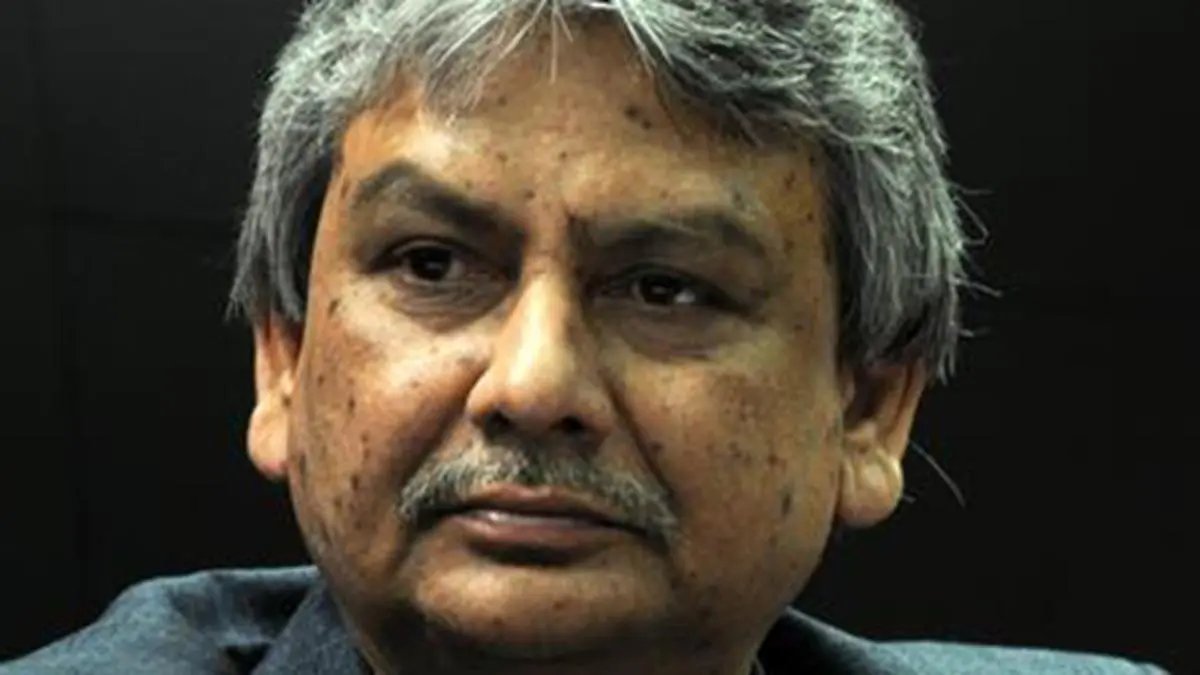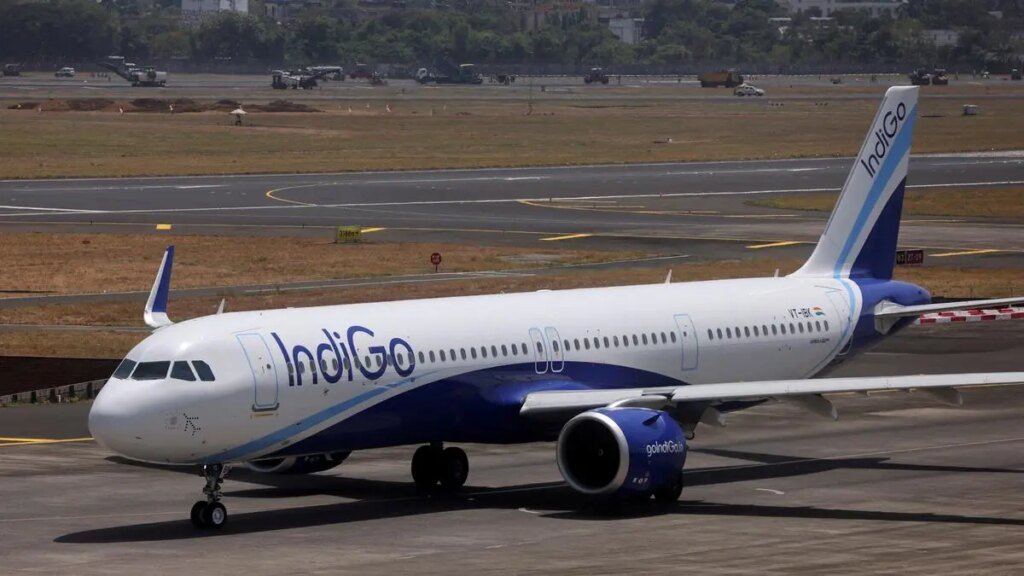India should aim to be the world’s largest economy, says former RBI DG Patra

India has the potential to be the world’s top economy if it can harness tailwinds such as its demographic dividend, macroeconomic stability, fiscal consolidation, digital revolution, financial sector resilience and inflation targeting framework, according to the former deputy governor of the Reserve Bank of India, Michael Patra.
The country’s ambition should move beyond being the world’s second largest economy and aim to be the largest, Patra said at an event organised by Elara Securities, ‘Elara India Dialogue Ashwamedh.’
“From a food-shortage economy to one of surplus, from inwardness and import substitution to outwardness and liberalisation — the transformation since independence has been remarkable,” he said, adding “by the mid-2040s, India is projected to overtake the US to become the second largest economy. But our ambition need not stop there.”
Focusing on India’s strengths Patra said its growth was investment-led and largely self-financed.
With a modest current account deficit and significant foreign exchange reserves, the country has reined in its debt to GDP ratio shifting from subsidies to capital formation.
While the digital revolution has democratised access to financial services, Patra pointed out that the well-capitalised banking system was ready to support future growth.
India’s current inflation targeting framework has anchored price stability since 2016 and “even amid multiple shocks, this framework has strengthened credibility,” he said.
He, however, pointed to challenges such as labour underutilisation, infrastructure gap, low share in world exports and climate challenge.
Investment in physical infrastructure such as roads, ports and airports should rise to 6 per cent of GDP from 3.5 per cent now and there should be an effort to increase manufacturing growth to 10-12 per cent, “if India is to become a global powerhouse.”
On the threat from climate changes, Patra said, “Climate change threatens not just growth but macroeconomic stability itself,” adding that the RBI had begun monitoring climate indicators, but financing the green transition was a daunting task.
Published on September 1, 2025




